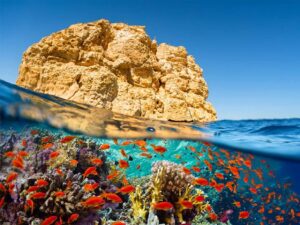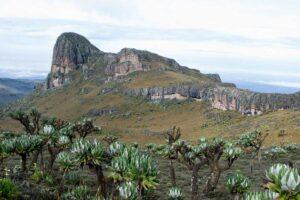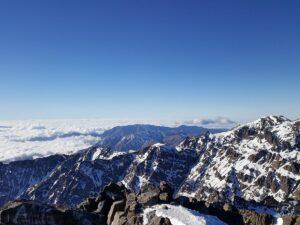Land of the Flying Fish is a common nickname for Barbados, not simply because the seas surrounding the island are teaming with flying fish. Barbados is gorgeous because of its rich cultural atmosphere, UNESCO World Heritage city, and hauntingly stunning eastern coastline.
Harrison’s Cave
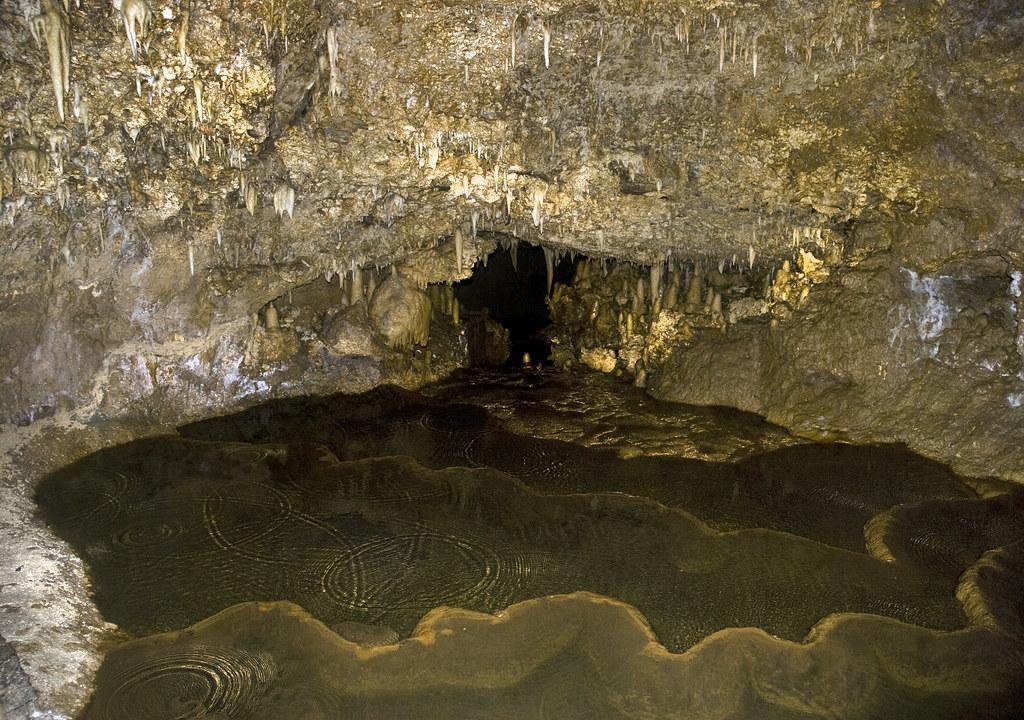
The central uplands of Barbados are home to the stunning natural marvel of Harrison’s Cave. Clear pools of water, winding streams, and soaring pillars are the hallmarks of this crystalline limestone cave. The white flow stones and speleothems that adorn the cave’s interior will leave visitors in awe.
Visitors may choose from various excursions to explore this unique subterranean paradise, including a leisurely 1-hour tram ride, a leisurely 1-hour walk-in, or a beautiful gully tour. The most personal option is the 3.5-hour Eco-Adventure Tour, during which visitors wear headlights, helmets, and knee protectors as they make their way into the cave.
Andromeda Botanic Gardens

Iris Bannochie, horticulture, created this 6-acre garden in 1954 using flowers she had gathered from all over the globe. The Barbados National Trust is now responsible for its maintenance and upkeep. There are about 600 different plant species in the gardens, streams, ponds, and ocean vistas.
Recent visitors have praised the gardens as a beautiful spot to spend a few hours due to their serenity and natural beauty.
Bathsheba is home to some beautiful gardens. It takes roughly 45 to 50 minutes by bus to get there from both Bridgetown and Speightstown. Adult tickets cost 30 Barbadian dollars (approximately $15) and allow for unlimited visits over three weeks; minors under the age of 12 visits for free with a paying adult. If you give us a week’s notice, we will happily offer you a guided tour of the facility at no additional cost. Every day from 9 a.m., the gardens welcome visitors until 4:30 p.m. The length of time a guest stays is up to them.
Visit The Mount Gay Distillery For A Rum Sampling
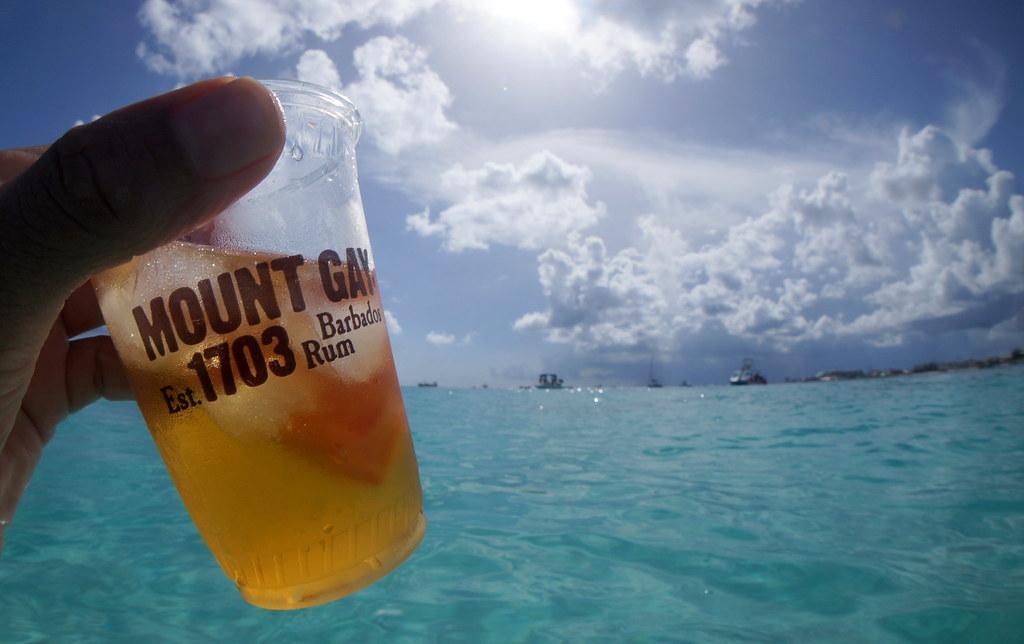
You can’t visit this rum-soaked treasure in the middle of the Lesser Antilles group and not try some of the island’s most famous liquid export, Mount Gay. On the waterfront of old Bridgetown is the distiller’s visitor center, which has exhibits documenting the island’s more than 300 years of rum manufacturing.
Don’t be shocked if you feel a little lightheaded after taking a cheap tour that reveals the complex procedures behind improving the Mount Gay flavor and includes lots of samples along the way. On-site souvenirs and presents may be purchased in the gift store.
George Washington House
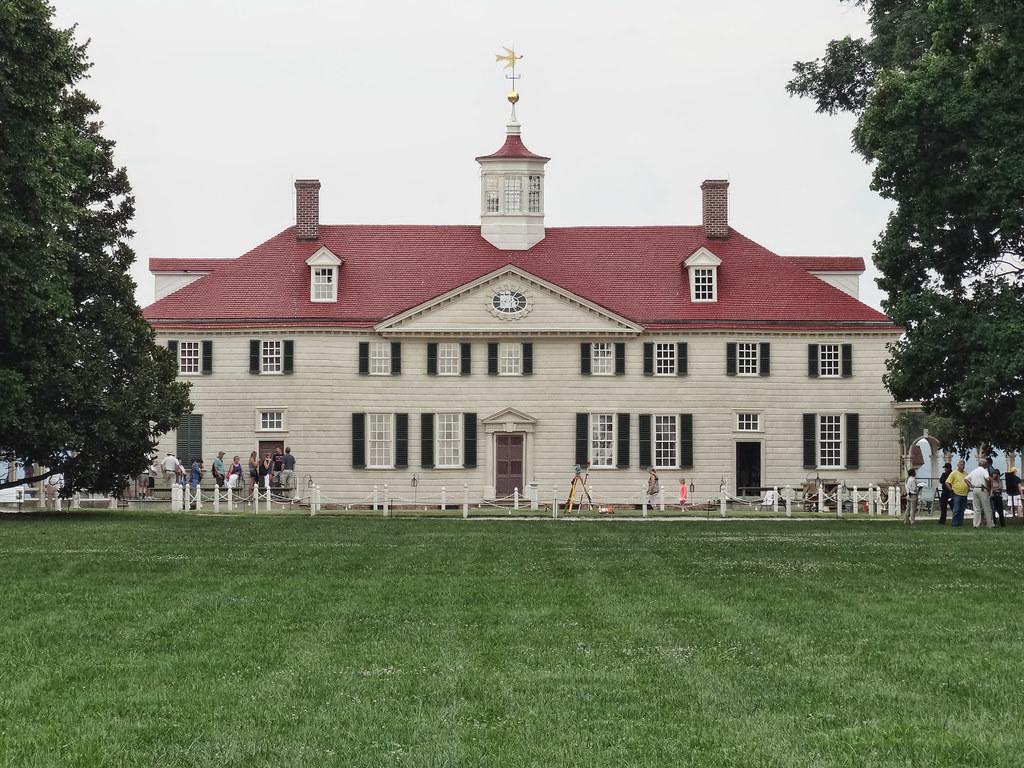
This plantation home, also known as Bush Hill House, dates back to the 18th century and was where George Washington and his ailing half-brother Lawrence (who had TB) spent two months in 1751. The Washington brothers took him to Barbados, hoping the island’s tropical environment would help him get well. This would be the last foreign journey the future president ever took unless anything unexpected happened.
Recent visitors agreed that the museum and tour were highlights of their trip. The house’s underground tunnels, uncovered in the 1980s, and a 15-minute video on Washington’s stay in Barbados are among the exhibits. The cafeteria was likewise well-regarded by several critics. The museum is open from 9 a.m. to 4:30 p.m. on weekdays (less than 2 miles from Bridgetown). The admission price is $10 for adults and $5 for children (ages 12 and under). The tunnels need their tickets; a combination ticket might save you money ($15 for adults and $7.50 for children).
Morgan Lewis Sugar Mill

This wind-powered sugar mill is the only remaining example in the Caribbean. In the 18th and 19th centuries, wind-powered equipment was used for crushing sugar cane. The Barbados National Trust now maintains the property, and they have several displays detailing the history of sugar cane grinding for the benefit of curious tourists. The mill also offers visitors the opportunity to try some of the cane juice it produces on certain days.
Recent guests were taken aback by the site’s rich history and appreciated the helpfulness and knowledge of the employees.
You’ll need a vehicle or a cab to get to the mill, which is approximately 12 miles outside of Bridgetown. Mill operations run from 9 a.m. to 5 p.m. every day. To visit the mill, you’ll need to pay either 5 Barbadian dollars (about $2.50) or 10 Barbadian dollars (about $5). According to reviews, there is also a café nearby with stunning scenery.
Barbados is a wonderfully beautiful and exciting Caribbean location, from its boulder-strewn east coast to its glistening expanses of beach that border the western shore, from its lovely colonial bridges and statues of Nelson in Bridgetown to its decaying farms and fishing communities of the north.
Located in the middle of the beautiful Lesser Antilles group, the island is steeped in stories of piracy and English colonization, soaked in rum, and set to the odors of weekend fish fries.
Lastly, read more about travel around the world here.
